Discover 15 hidden attractions, cool sights, and unusual things to do in Tarragona (Spain). Don't miss out on these must-see attractions: Tarragona Amphitheatre, Les Ferreres Aqueduct, and Archaeological Ensemble of Tárraco. Also, be sure to include Tarragona Cathedral in your itinerary.
Below, you can find the list of the most amazing places you should visit in Tarragona (Catalonia).
Table of Contents
Tarragona Amphitheatre
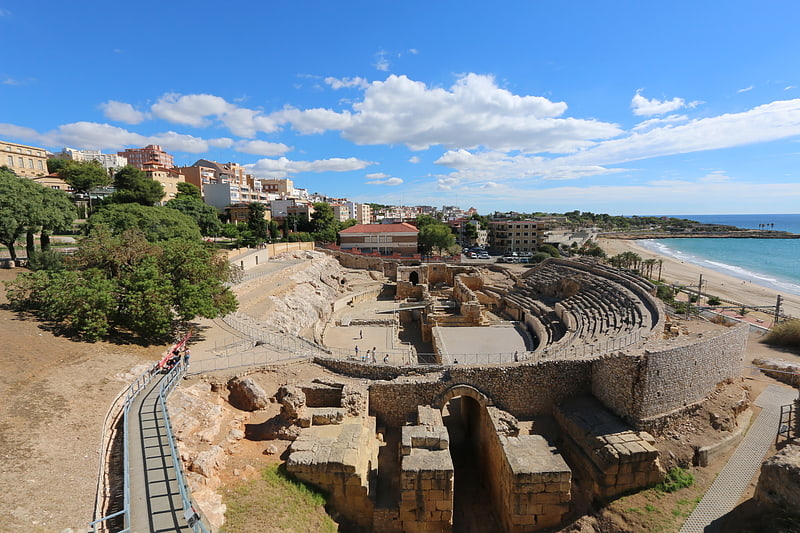
Also known as: Anfiteatro de Tarraco
Amphitheater in Tarragona, Spain. Tarragona Amphitheatre is a Roman amphitheatre in the city of Tarraco, now Tarragona, in the Catalonia region of north-east Spain. It was built in the 2nd century AD, sited close to the forum of this provincial capital.
The amphitheatre could house up to 15,000 spectators, and measured 130 by 102 metres (427 ft × 335 ft).[1]
Address: Parc del Milagro, 43004 Tarragona
Les Ferreres Aqueduct
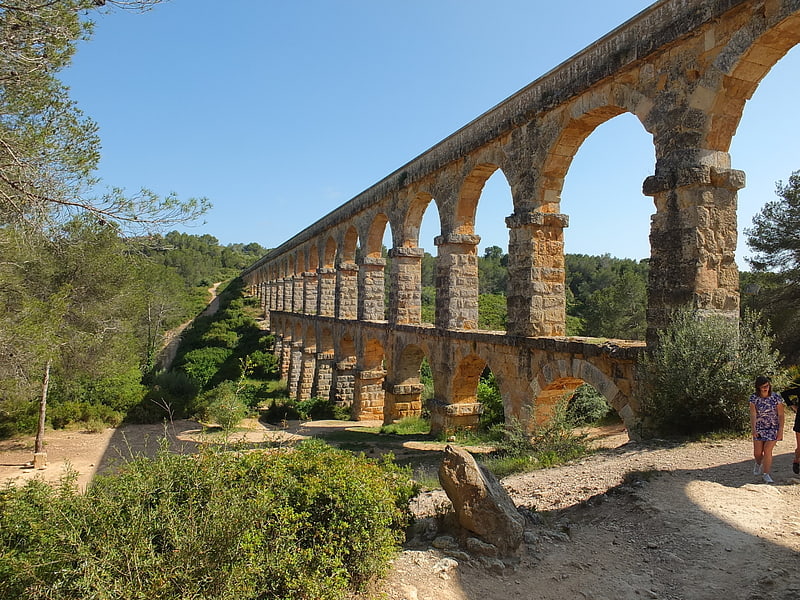
Also known as: Acueducto de les Ferreres
Remains of an ancient Roman aqueduct. The Ferreres Aqueduct, also known as the Pont del Diable, is an ancient bridge, part of the Roman aqueduct built to supply water to the ancient city of Tarraco, today Tarragona in Catalonia, Spain. The bridge is located 4 kilometers north of the city and it is part of the Archaeological Ensemble of Tarraco.[2]
Archaeological Ensemble of Tárraco
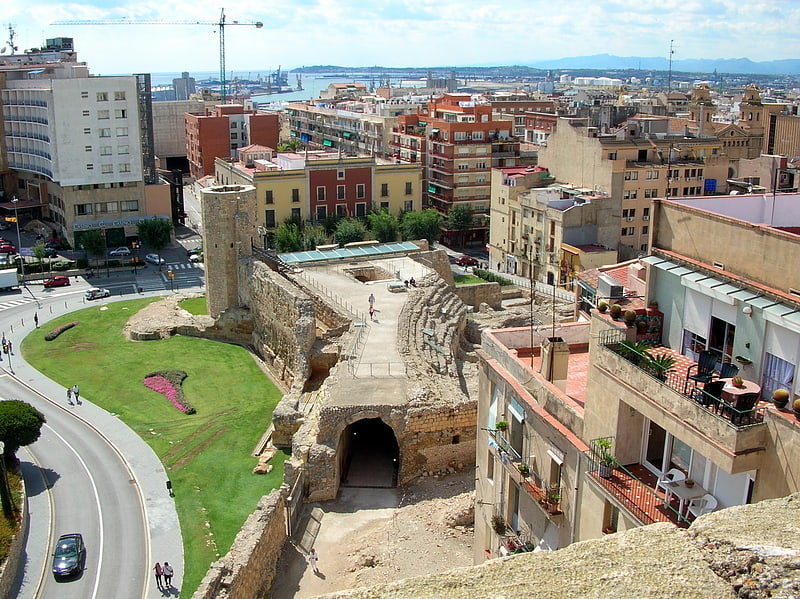
Archaeological Ensemble of Tárraco is inscribed as UNESCO world heritage site since 2000. It is situated in Tarragona.[3]
Tarragona Cathedral
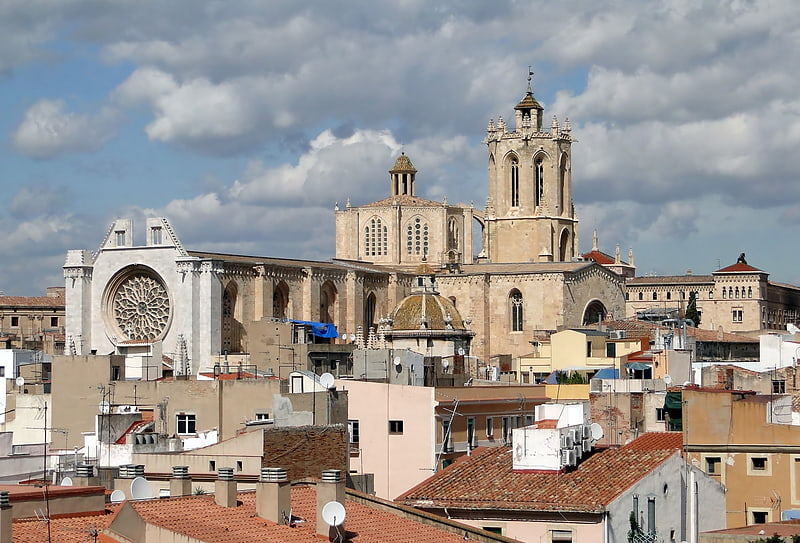
Also known as: Catedral de Santa Tecla de Tarragona
Hilltop 1100s cathedral and cloisters. The Cathedral of Tarragona is a Roman Catholic church in Tarragona, Catalonia, Spain. The edifice is located in a site previously occupied by a Roman temple dating to the time of Tiberius, a Visigothic cathedral, and a Moorish mosque. It was declared a national monument in 1905.[4]
Address: Pla de la Seu, 43003 Tarragona
Museu Nacional Arqueològic de Tarragona
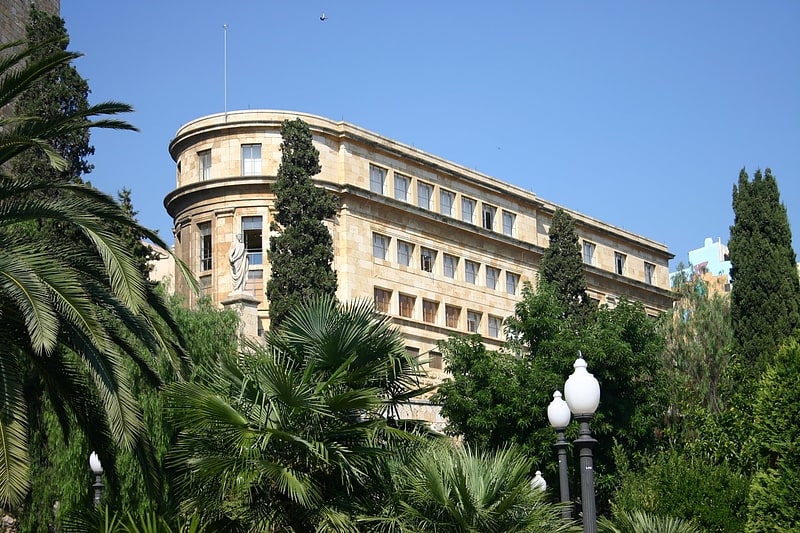
Also known as: Museo Arqueológico Nacional de Tarragona
Showcase for Roman art and artifacts. The National Archaeological Museum of Tarragona is a public museum located in the city of Tarragona focusing on its rich historical heritage and ancient remains. It includes archaeological findings of Tarraco's Roman and Early Christian past, as well as a library. The museum's origins lay in the 19th century, making it the oldest of its kind in Catalonia, with some collections assembling objects found from the 16th century onwards, but with most discoveries having taken place in the last 150 years.
It is part of the Roman Europe network of museums.[5]
Address: Avinguda de Ramón y Cajal, 82, 43004 Tarragona
Platja de la Móra
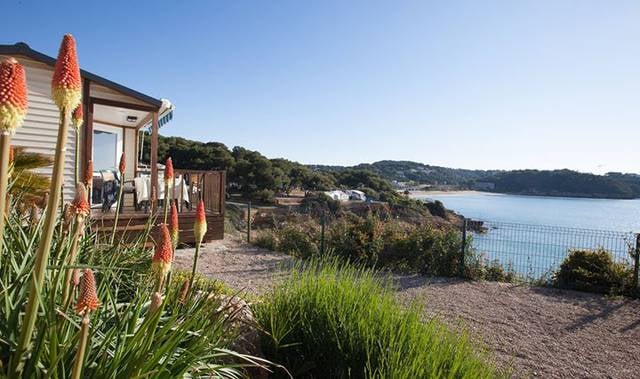
Beach
Address: Ctra. Nacional 340, Km. 1171, Tarragona
Platja del Miracle
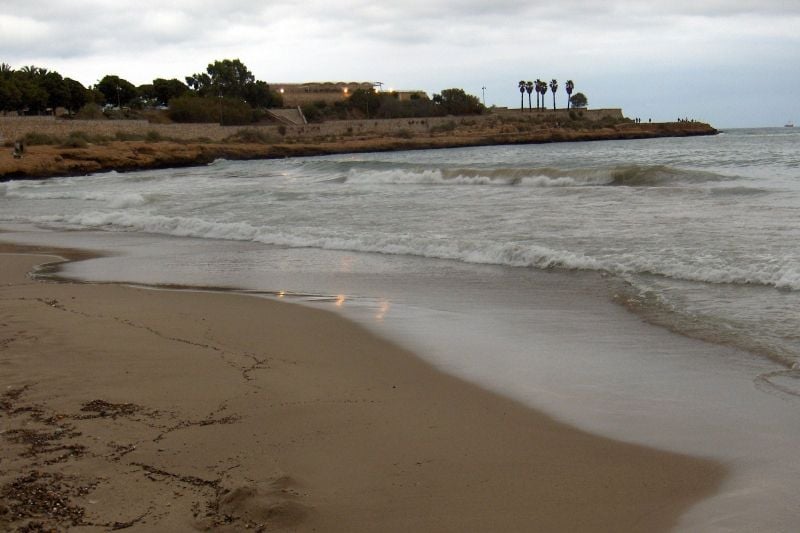
Beach, Surf spot
Address: Pg. Marítim de Rafael de Casanova, s/n, 43003 Tarragona
Torre dels Escipions
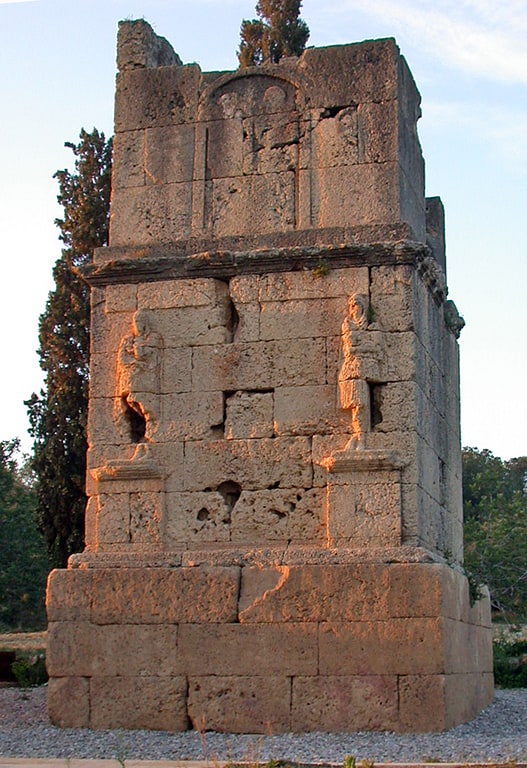
Also known as: Torre de los Escipiones
Monument in Spain. Torre dels Escipions is a funerary tower built by the Romans on the outskirts of Tarraco, ancient Roman city that corresponds to the present city of Tarragona. The Torre dels Escipions is one of the elements of the Archaeological Ensemble of Tarraco, declared a World Heritage Site by UNESCO, the tower being identified with the code 875-010.[6]
Colonial forum of Tarraco
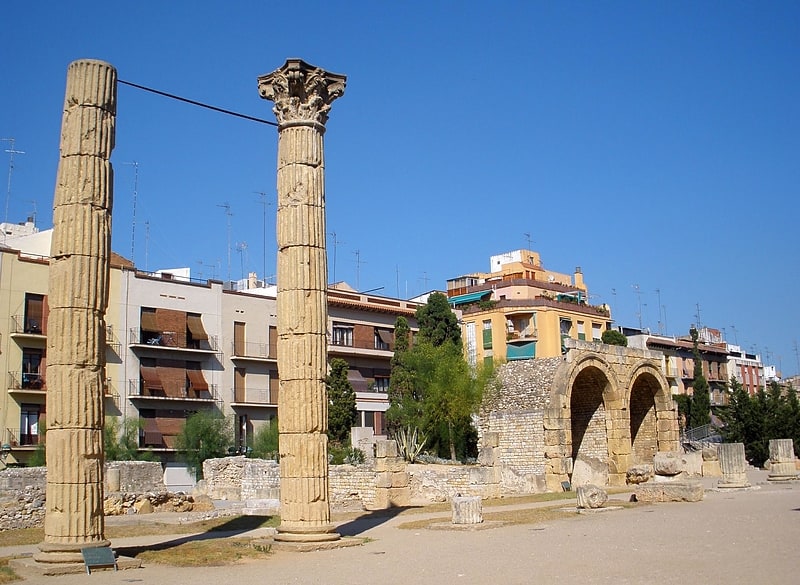
Also known as: Foro colonial de Tarraco
Historical landmark in Tarragona, Spain. The colonial forum of Tarraco is an ancient Roman archaeological site located in the modern city of Tarragona in Catalonia, Spain.[7]
Address: C/ LLeida, 43001 Tarragona
Wall of Tarragona
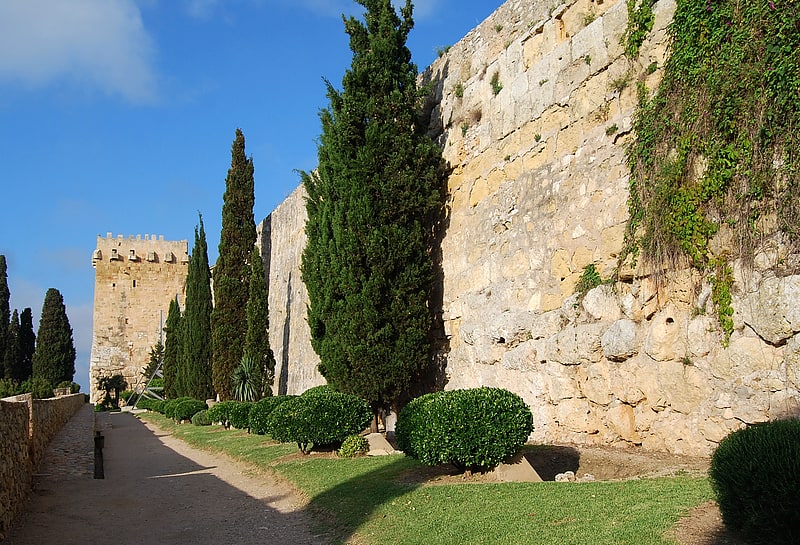
Also known as: Muralla de Tarragona
The Wall of Tarragona is a wall located in Tarragona, Catalonia, Spain. It was declared Bien de Interés Cultural in 1884.[8]
Tarraco Viva

Also known as: Foro romano de Tarraco
The provincial forum of Tarraco is a Roman archaeological site in Tarragona, Catalonia, Spain, encompassing an area of 18 ha. Together with other Roman remains in the city makes the Archaeological Ensemble of Tarraco, which was listed in the UNESCO World Heritage Sites in 2000.
It was built starting from 73 AD, by order of Emperor Vespasian, and remained in use until the 5th century. The worship area is now occupied by the Cathedral and other edifices.[9]
Address: Baixada del Roser 5, Tarragona
Roman quarry of El Mèdol

Also known as: Cantera romana de El Médol
Tourist attraction in Spain. The Roman quarry of El Mèdol was first excavated during the period of the Roman Republic and the Roman Empire.
Its dimensions are over 200m wide and 10 to 40 deep. It was used to build the most important buildings of Tarraco (Colonia Iulia Urbs Triumphalis Tarraco, current Tarragona), capital of Hispania Citerior. At the centre remains a "witness column" (a column made of intact original rock) frequently found in Roman quarries.
It is the largest of the six Roman quarries around Tarraco. It provided "Soldo" Miocene limestone with tones between white and pink, golden generally clear. This rock, although unsuitable for the most detailed Roman architecture of the city, served mainly the Roman building and medieval buildings of Tarragona, including the Cathedral of Santa Tecla.
The quarry is very close to the Roman Via Augusta, a major imperial communication channel whose track follows the current national road 340 between Barcelona and Tarragona. This route was used to transport some 50,000 cubic meters of stone, mainly along the 6 km that separate the quarries of Tarraco.
The quarry can be visited easily from the National Road 340 or from the AP-7, by La Mora.
The quarry is included in the UNESCO World Heritage of the archaeological complex of Tarraco.[10]
Address: autopista del mediterrani, 43088 Tarragona
Circ romà
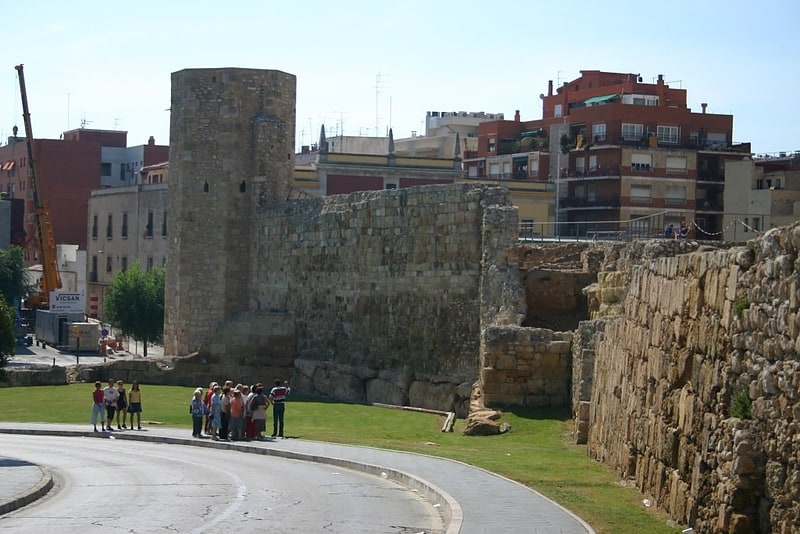
Historical place, Ruins, Relax in park, Park, History museum, Unesco
Address: Rambla Vella s/n, 43003 Tarragona
Tarraco
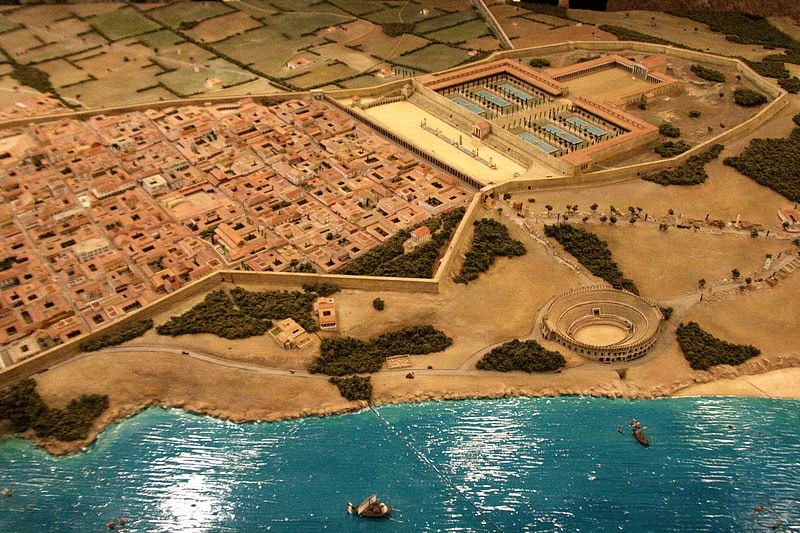
City. Tarraco is the ancient name of the current city of Tarragona. It was the oldest Roman settlement on the Iberian Peninsula. It became the capital of the Roman province of Hispania Citerior during the period of the Roman Republic, and of Hispania Tarraconensis following the latter's creation during the Roman Empire.
In 2000, the archaeological ensemble of Tarraco was declared a World Heritage Site by UNESCO.[11]
Portal de Sant Antoni

Also known as: Portal de San Antonio
Tourist attraction in Tarragona, Spain. The Portal de Sant Antoni is a monumental gate on the wall of Tarragona, Catalonia, Spain.
As attested by an inscription, it was built in 1737, in Baroque style. Over the arch is the coat of arms of King Philip V of Spain, flanked by two lions. Under it, is the coat of arms of Tarragona.[12]